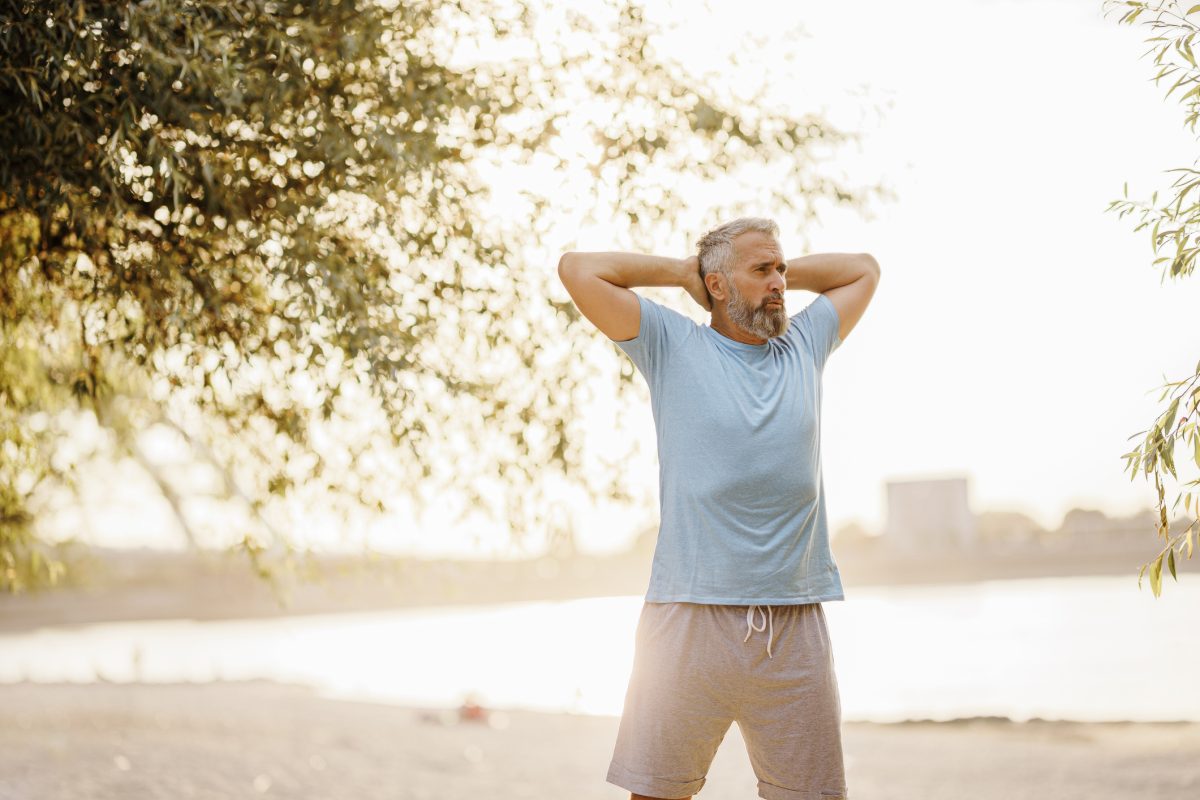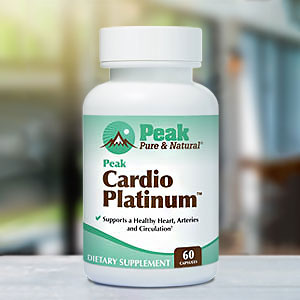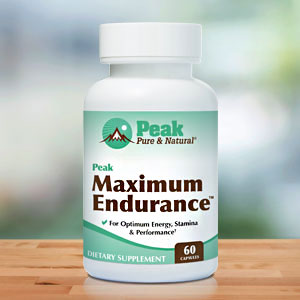Your body has an internal clock that controls your sleep-wake cycle. It’s known as your circadian rhythm.
Some of us are “morning larks” – up at the crack of dawn and wide awake – while others are “night owls” who prefer a slower start to the day.
If we follow our circadian rhythm, it can do more than give us a good night’s sleep.
For starters, sleeping by your body’s clock (and not for too long) can protect against illness.
In one study, people who slept too much (11 hours or more per day) tripled their risk of pulmonary fibrosis, even for non-smokers.
In another, female shift workers experienced frailty, believed to be the result of the effect on their hormones, more often than people working only during the daytime.
And now, there’s evidence that exercising in tune with your biological clock can increase benefits that lead to a longer, healthier life…
Benefit from ‘peak hour’ activity
A study funded by the National Institute on Aging has shown that improvements in cardiorespiratory fitness and walking speed — two key indicators of healthy aging — might be associated with when and how consistently we engage in physical activity.
“While we’ve long known that being active supports healthy aging, this study reveals that when you’re active may also matter,” says senior author Dr. Karyn Esser.
“The circadian mechanisms that generate daily rhythms in our system are important for our well-being.”
The study involved approximately 800 independent older adults (average age 76) who wore wrist devices that continuously monitored their activity for a week.
Then, they underwent cardiopulmonary exercise testing, which gave an overall assessment of their heart and lung health.
Three key findings emerged from this study:
- Being more active during your personal “peak hours” and resting outside of those hours was associated with better cardiorespiratory fitness and walking efficiency.
- The earlier in the day you are active — while still respecting your biological rhythm — the better your chances of maintaining cardiorespiratory health and walking fitness.
- Being consistent in your daily pattern of activity and rest was also associated with better health outcomes.
Better fitness without working harder
Dr. Esser very nicely sums up the significance of these findings:
“Each of us has a chronotype — a biological tendency to be more alert in the morning or evening — and that variation may play a significant role in our health. We’re moving toward a future where understanding and respecting our individual rhythms can help guide medical care and daily living.”
Because exercise means not just formal exercise, like what you might do at the gym or when following an aerobics routine, but also things like housework and gardening, these findings can help you plan your day.
For example, if you’re more alert during the latter part of the day, use that time to complete the bulk of your physical activity and reserve the morning for a more relaxed pace. But if you’re a “morning lark,” just do the opposite.
If you struggle to adhere to your circadian rhythm, making a few adjustments to your bedroom can help. Use light-blocking curtains to create a dark environment that helps your sleep hormone, melatonin, do its job. To wake up when you’d like and ease into it, try a “sunrise” light.
Sources:
Timing, consistency of activity linked to better fitness — Eureka Alert
Rest Activity Rhythms and their Association with Cardiorespiratory Fitness and Walking Energetics in Older Adults: Study of Muscle, Mobility and Aging — Medicine & Science in Sports & Exercise
Read full article here




